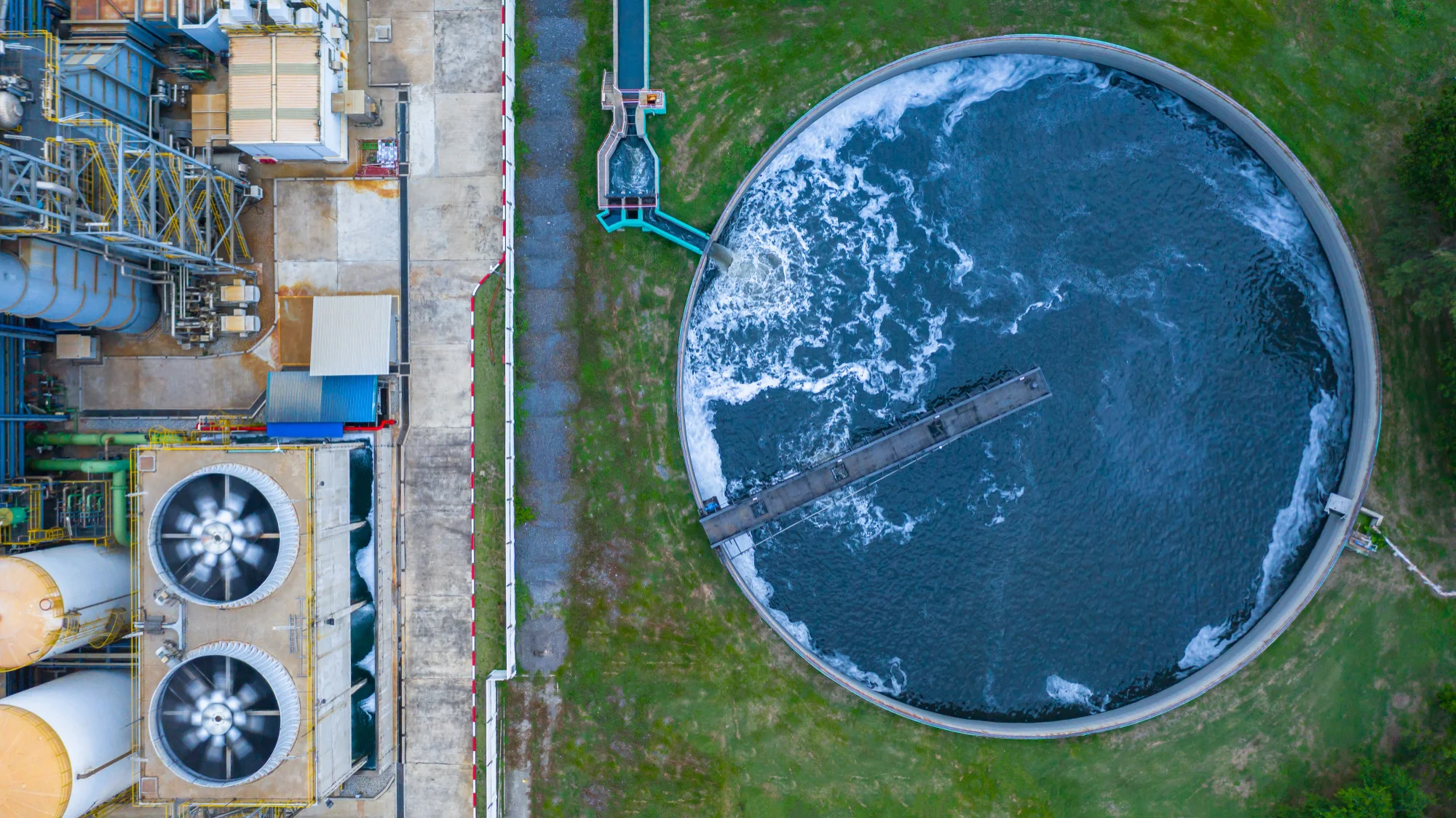Prologue
In an era where environmental preservation is synonymous with technological innovation, a landmark study from the Xi’an University of Architecture and Technology has surfaced, presenting a remarkable leap forward in the field of wastewater treatment. This comprehensive article unveils the discovery of a microbial marvel, Zoogloea sp. MFQ7, and its extraordinary capability in denitrification, potentially steering the future towards cleaner and healthier water bodies.
Introduction
Nitrates, prevalent in wastewater, pose severe threats to aquatic ecosystems and human health due to their propensity to cause eutrophication and methemoglobinemia. Traditional denitrification methods often fall short in addressing these concerns efficiently. A transformative approach unveiling remarkable denitrification rates has now been presented in the scientific domain adeptly dealing with these challenges.
Main Text
As published in the journal “Environmental Research” with DOI 10.1016/j.envres.2024.118159, a team of researchers led by Yuxin Zeng, Liang Xu, and Junfeng Su made an epoch-making discovery – unique bacterial strain Zoogloea sp. MFQ7 demonstrated an exemplary denitrification rate of 91.71% under certain conditions. The study dissects the electrodes’ doping ratio, pH balance, and nitrate concentration to unveil this bacterial strain’s denitrifying prowess in the presence of ferrous (Fe2+) and manganous (Mn2+) ions.
The research findings, emanating from the laboratories of the School of Environmental and Municipal Engineering and the Shaanxi Key Laboratory of Environmental Engineering in Xi’an, are anticipated to reverberate through environmental remediation strategies. The exceptional work of researchers Yuxin Zeng, Liang Xu, Junfeng Su, Shuyu Liu, Amjad Ali, Peng Zhang, and Shumiao Cao showcases the synthesis and utilization of biogenic Fe–Mn oxides as inorganic electron donors, revealing an adsorption mechanism that paves the way for the degradation of contaminants like tetracycline and cadmium.
Experimental Results
In meticulous experiments, the team discovered that a ferrous to manganous ratio (Fe/Mn) of 3:7 was optimal for the process, with a pH of 6.5 and a nitrate concentration of 25 mg L-1. These findings illustrate not only the intricacies of microbial denitrification but also spotlight the potential of these conditions to revolutionize the way industrial wastewater is treated.
Zoogloea sp. MFQ7, the microbial protagonist, harnesses the power of its metabolism to reduce nitrates, ultimately lessening the environmental footprint of untreated wastewater. This is not only a demonstration of nature’s astounding ability to adapt but also a testament to human ingenuity in leveraging biological processes for environmental gain.
Beyond a single study, this development underscores an emerging paradigm in environmental engineering. The comprehensive research offers practical implications for the design and operation of wastewater treatment facilities, where the ballet of biological and chemical processes is orchestrated to achieve the highest denitrification rates with minimal energy and resource expenditure.
The potent implications of such research undeniably offer a more sustainable and ecologically harmonious approach to water purification techniques. The implications extend beyond the laboratory walls into the vast swaths of polluted bodies of water globally, offering a beacon of hope for restoration and preservation efforts.
References and Affiliations
The study, peer-reviewed and validated by the scientific community, is backed by authoritative involvement from esteemed academicians and researchers hailing from both the School of Environmental and Municipal Engineering and the School of Environment and Chemistry Engineering at Shanghai University. Yuxin Zeng, Liang Xu, Junfeng Su, Liu Shuyu, Amjad Ali, Peng Zhang, and Shumiao Cao have collectively contributed to a manuscript that merits accolade for its depth and potential impact. These researchers represent the vanguard of a movement aiming to harmonize technological advancement with ecological consciousness.
The publication, available online since January 2024, reflects years of dedicated research underpinned by funding and support from recognized institutions that have a vested interest in environmental engineering breakthroughs. This fervent collective of scholars contends with the pressing matter of nutrient pollution with a solution that could be as transformative as it is environmentally consonant.
Epilogue
As environmental challenges continue to mount, the ingenuity showcased in this study acts as a lodestar for future explorations and innovations in the field. This exposition of scientific discovery, combined with its potential utility, stakes a claim as a pivotal moment in environmental research.
The integration of microbial agents with engineered systems could mean a monumental shift in the way societies approach water treatment. The precision and effectiveness of Zoogloea sp. MFQ7 in denitrification, as illuminated by Zeng, Xu, Su, and their colleagues, paves the foreground for a new era of sustainable environmental stewardship.
Keywords
1. Denitrification Efficiency
2. Zoogloea sp. MFQ7
3. Wastewater Treatment Innovation
4. Biogenic Fe–Mn Oxides
5. Nutrient Pollution Solution
The pioneering work of these researchers, chronicled with extensive methodology, results, and discerning discussions, not only adds a vital chapter to scientific literature but also delineates the pathway for future environmental strategies. Whether as a touchstone for ensuing inquiry or a handbook for applied science, this study remains a beacon guiding towards a more pristine and sustainable world.
For those wading through the torrents of environmental concerns and for the society at large, the revelations wrapped within the scientific rigor of this manuscript signal the dawn of an era where water bodies could see redemption, through the finesse of biotechnology and the meticulous craft of engineering.
